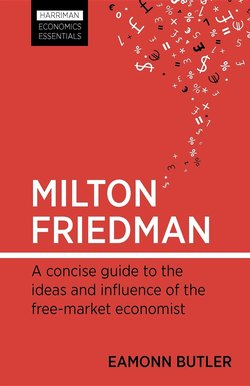Читать книгу Milton Friedman - Eamonn Butler - Страница 17
На сайте Литреса книга снята с продажи.
The emerging radical
ОглавлениеMilton Friedman was scarcely five feet tall. His friend George Stigler was over a foot taller. They acquired ironic nicknames: Mr Macro (Friedman, whose field was macroeconomics, the overall workings of the economy) and Mr Micro (Stigler, who specialised in microeconomics, the behaviour of individual consumers and households). In 1945, Stigler swung Friedman a job at the University of Minnesota, where they collaborated on the pamphlet Roofs or Ceilings?, a pungent repudiation of rent controls. This wartime measure, they argued, had perverse results. By keeping rents down, it made landlords less willing to rent out and maintain their property, reducing both the supply and the quality of accommodation.
Economists and politicians considered the pamphlet an uncouth assault on their ability to shape and regulate markets through government action. It was a rude insult to the mood of the times. But it marked the birth of Milton Friedman the free-market economist; and it would be Friedman’s ideas that, albeit much later, would ultimately prevail.
The same year, Friedman published Income from Independent Professional Practice, co-authored with Simon Kuznets, outlining the work they had done at the National Bureau of Economic Research. It is a dense statistical work of 600 pages, but it makes a strong public policy argument that Friedman the political radical would come back to again and again. It showed that the chief beneficiaries from occupational licensure – official regulation of professions such as doctors, dentists, lawyers, accountants and engineers – are the professionals themselves, rather than the public whom this measure is supposed to protect. Because regulation restricts competition, the public end up paying higher fees for a poorer service.
